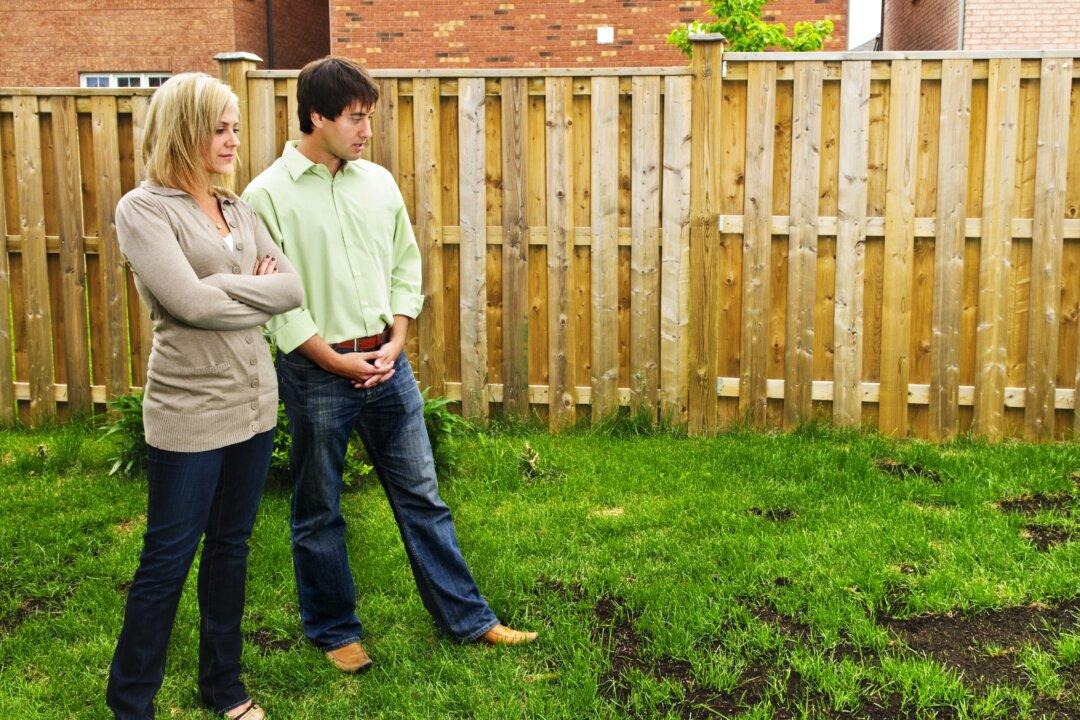Question: Does dead crabgrass look like white dead clumps dotted around the lawn? If so, should I dig each one up and fill in with grass seed, fertilizer, and dirt?
Answer: At this time of year, all dead annual and many dormant perennial grasses look like white dead clumps. If the good grass in your lawn has some signs of green and there are scattered dead grass plants, we need to diagnose what the dead clumps are. If they are annual grasses like crabgrass, they died with the frosts in the fall and at this time are acting as mulch on the bare spots and don’t need to be removed. If they’re dormant perennial grasses like nimblewill, then we can dig them out now or wait until spring when they start to grow to spray them with an herbicide.





